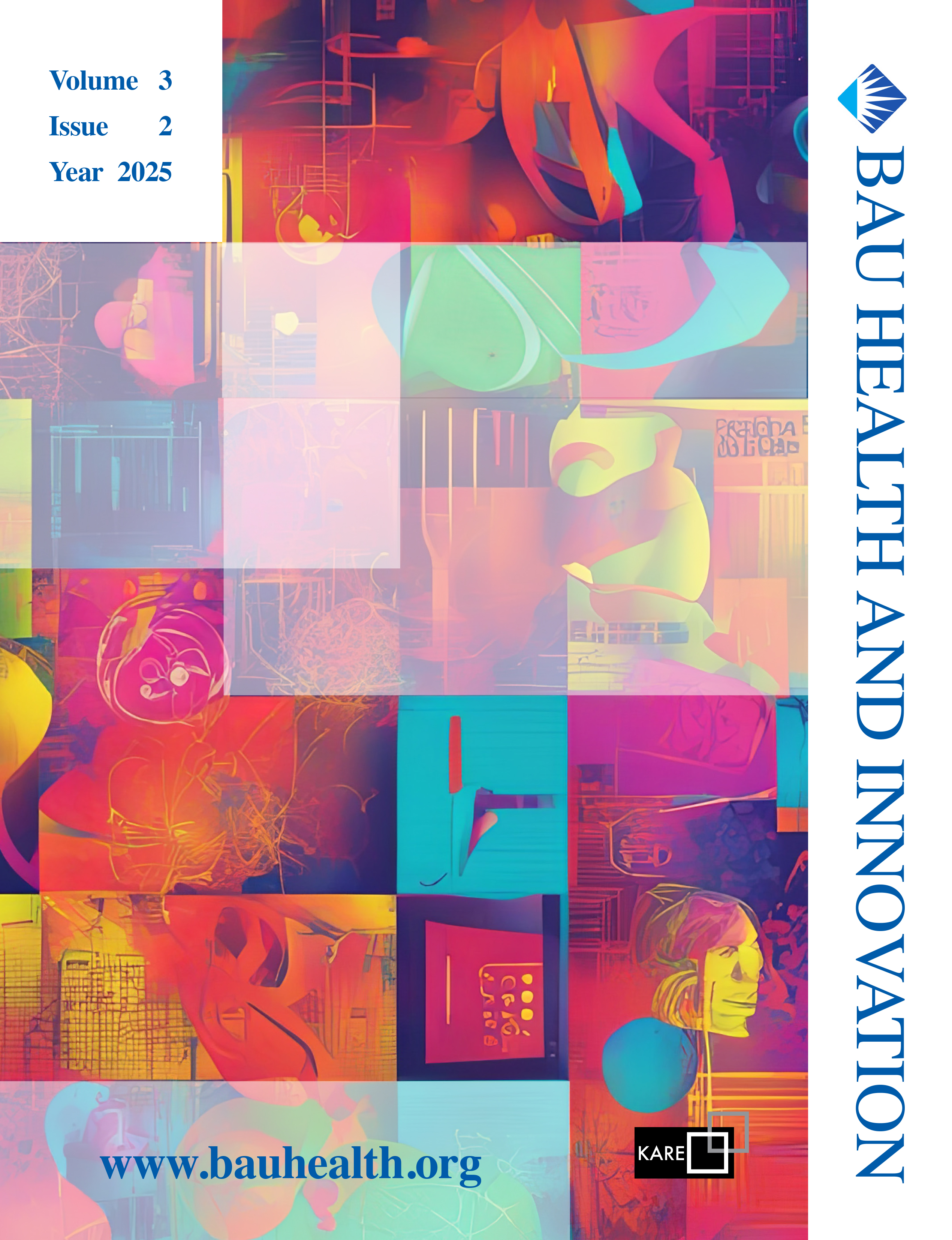Quick Search
Effects of Transcutaneous Auricular Bilateral Vagus Nerve Stimulation on Social Cognition
Öznur Şimşek1, Selen Gür Özmen21Department of Neuroscience, Bahçeşehir University Faculty of Health Sciences, İstanbul, Türkiye2Department of Pysiotherapy and Rehabilitation, Bahçeşehir University Faculty of Health Sciences, İstanbul, Türkiye
INTRODUCTION: This study aims to examine the effects of transcutaneous auricular vagus nerve stimulation (taVNS) on social cognition. The research aims to investigate the effects of transcutaneous auricular vagus nerve stimulation (taVNS) on social cognition, specifically focusing on its potential to enhance social cognition abilities, strengthen the relationship between social skills, and influence the connection between Theory of Mind (ToM) and empathy.
METHODS: One hundred volunteers (50 female, 50 male), aged between 18 and 45 years, with no psychiatric conditions and who were suitable for vagus nerve stimulation, participated in the study. An intergroup design was employed, with participants first completing a social interest scale. The experimental group received taVNS stimulation, while the control group received sham stimulation. After a 20-minute stimulation period, participants completed the Reading the Mind in the Eyes Test (RMET) and the Questionnaire of Cognitive and Affective Empathy (QCAE).
RESULTS: The ToM results showed improvement with taVNS. However, no significant differences were observed between groups for empathy scores, except in the peripheral responsivity subdimension, where the experimental group scored lower than the control group.
DISCUSSION AND CONCLUSION: According to polyvagal theory, activation of the parasympathetic nervous system promotes a sense of safety, thereby fostering social engagement. A bidirectional relationship exists between vagal activity and social behavior. The results indicate that increased vagal activation enhanced participants theory of mind (ToM). This sense of security frees cognitive resources, allowing individuals to focus on understanding others mental states rather than self-protection. taVNS appears to improve theory of mind but has no significant effect on empathy or its subdimensions, except for peripheral responsivity.
Manuscript Language: English


